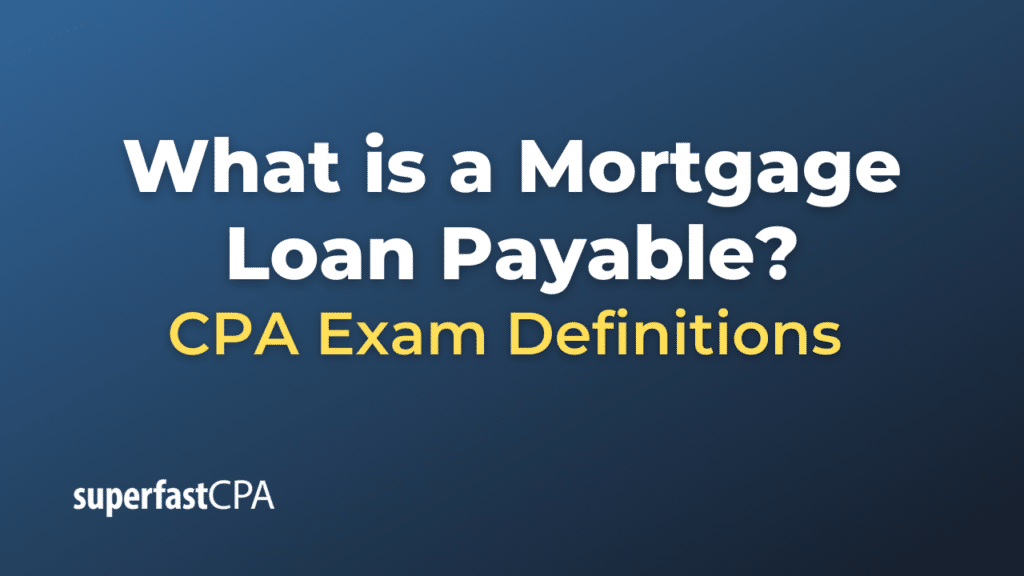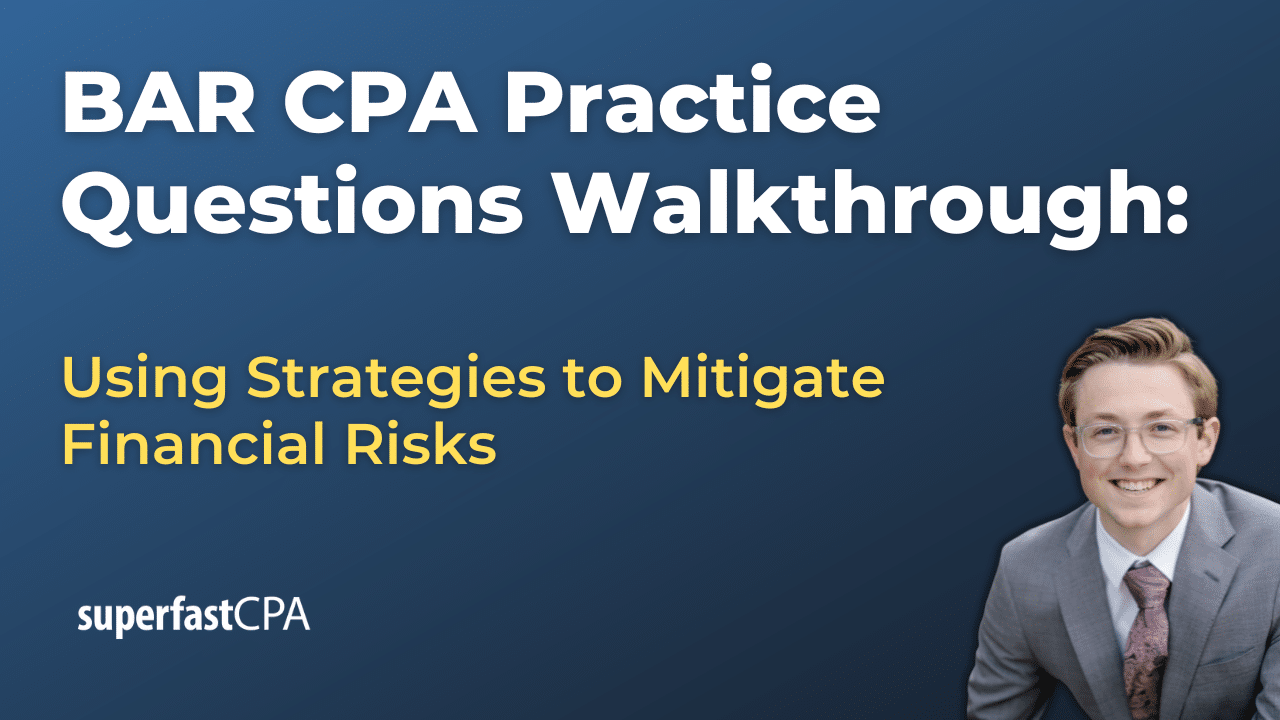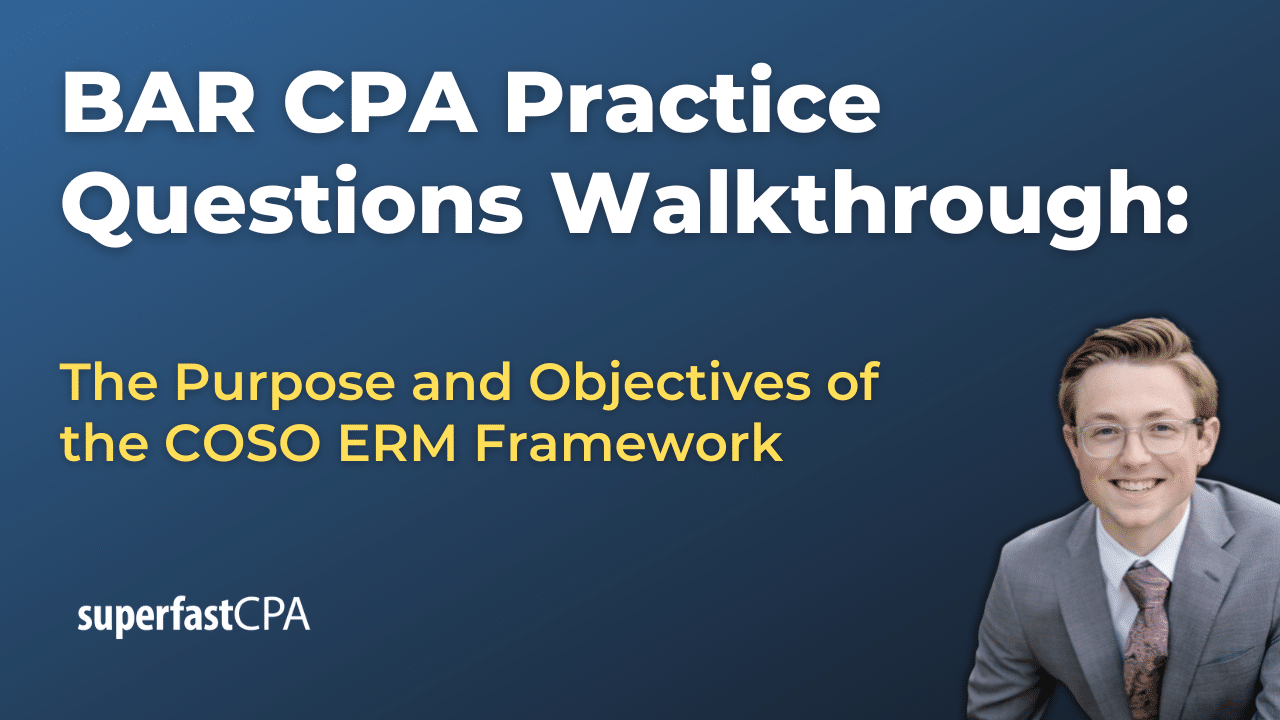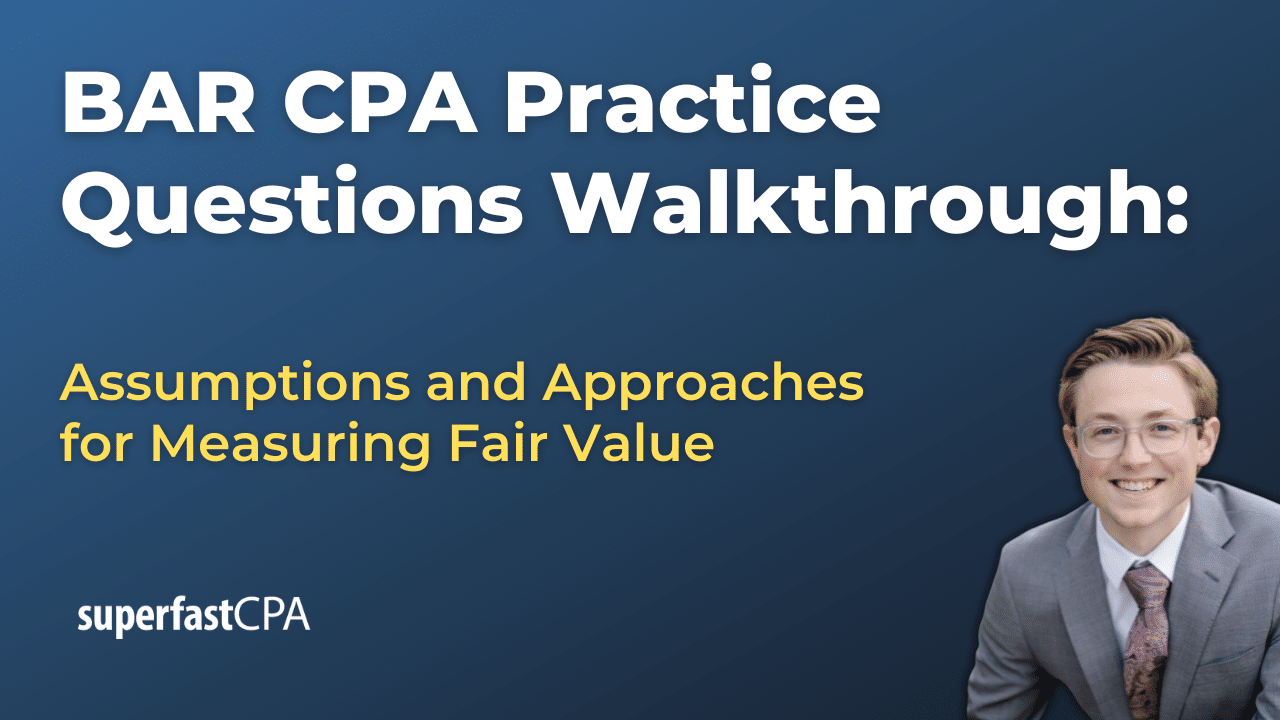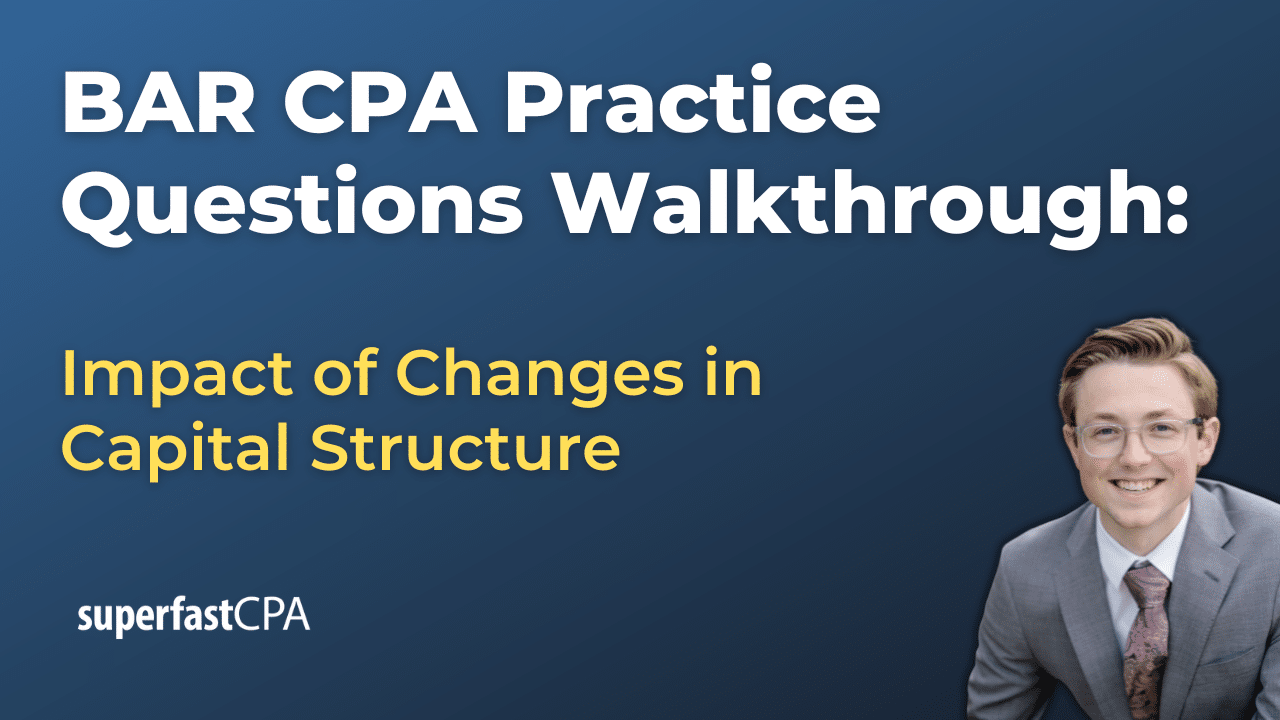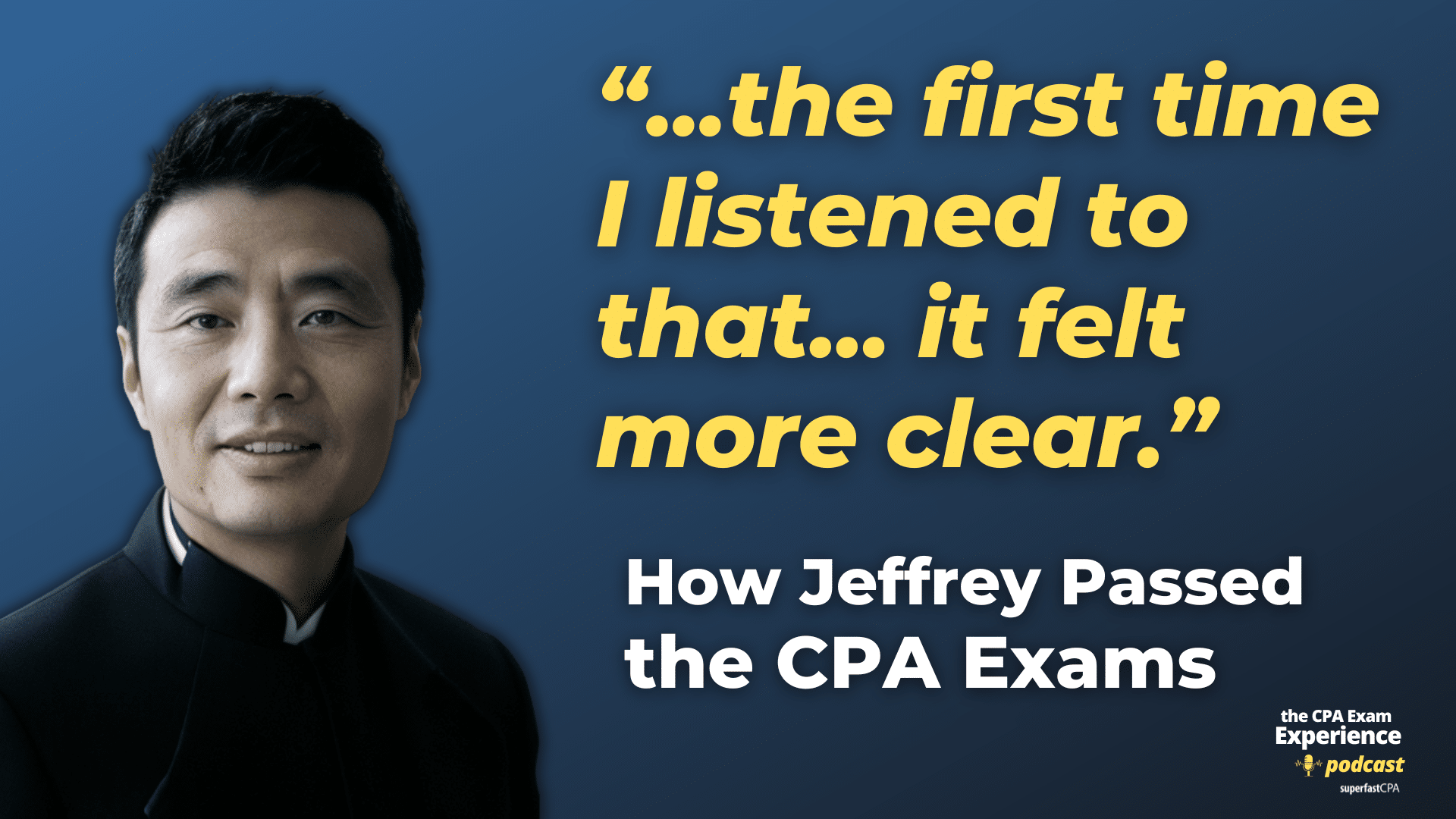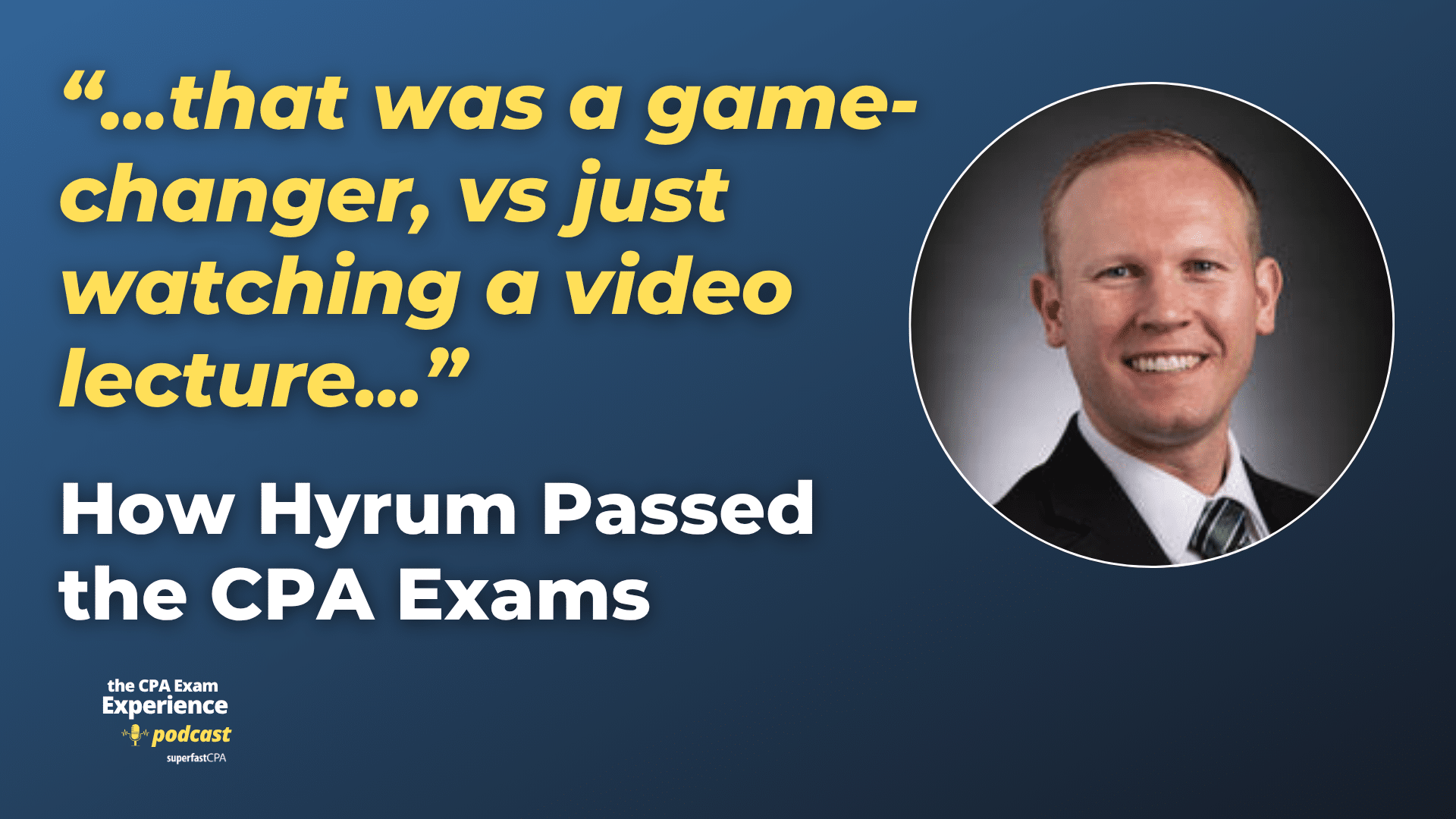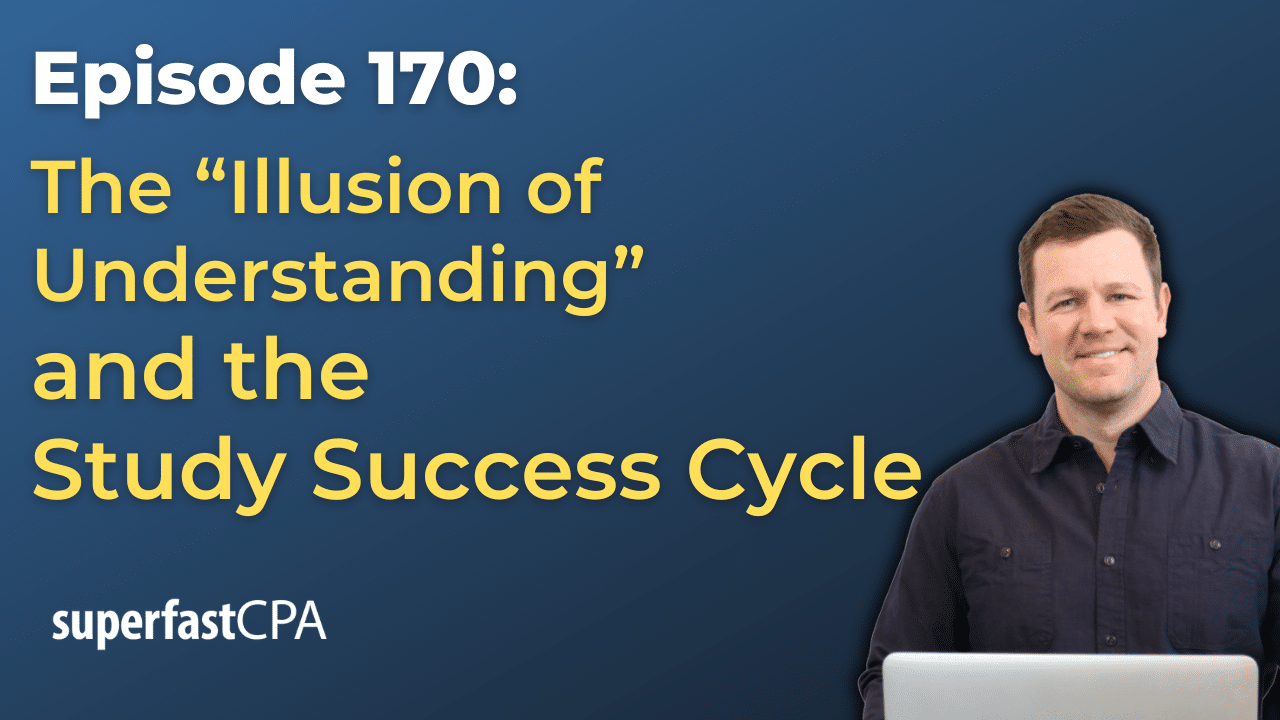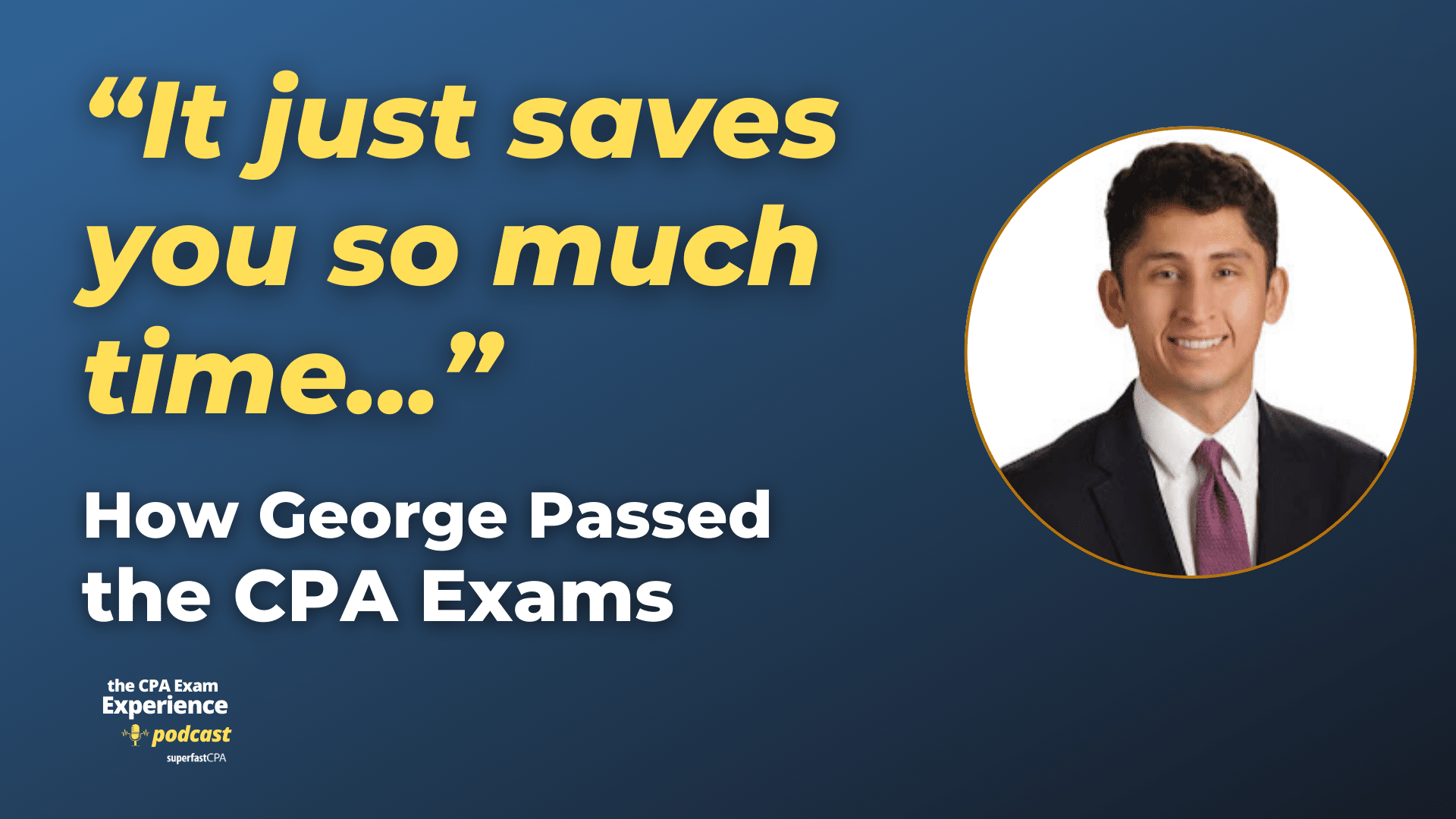Mortgage Loan Payable
A mortgage loan payable is a liability on a company’s balance sheet that represents the total amount of money the company owes to a lender in the form of a mortgage. This liability includes both the principal amount (the original amount borrowed) and the remaining interest payable.
The mortgage loan payable is recorded on the balance sheet under long-term liabilities, as it’s typically due over a period exceeding one year. As the company makes regular payments towards the mortgage, the principal portion of these payments reduces the balance of the mortgage loan payable. The interest portion of these payments is considered an expense and is recorded on the income statement.
Mortgage loans payable are often used by businesses to purchase large assets, like real estate, buildings, or other significant capital investments, that the business wouldn’t be able to afford to pay for upfront.
It’s also important to note that while most of the mortgage loan payable is considered a long-term liability, the portion of the principal that is due to be paid within the next 12 months is often recorded under current liabilities as a current portion of long-term debt.
Example of a Mortgage Loan Payable
Let’s say a manufacturing company takes out a mortgage loan of $1 million to buy a new factory. The terms of the loan require the company to pay back the loan over 20 years with an annual interest rate of 5%.
On its balance sheet, the company would initially record a long-term liability called “Mortgage Loan Payable” for $1 million. This represents the principal amount the company owes to the lender.
Each year, the company would make payments on the loan, which include both principal repayment and interest. For simplicity, let’s say the company pays $70,000 each year. Of this annual payment, approximately $50,000 goes towards the principal and $20,000 goes towards the interest (the exact split between principal and interest would depend on the loan’s amortization schedule).
On the income statement, the $20,000 of interest paid annually would be recorded as an interest expense. On the balance sheet, the $50,000 of principal repaid would reduce the “Mortgage Loan Payable” under long-term liabilities.
After one year, the “Mortgage Loan Payable” would be $950,000 ($1 million original liability minus $50,000 principal payment). The process repeats each year until the mortgage loan is fully repaid.
It’s also worth noting that, of the $950,000 outstanding after the first year, the portion that is due within the next year (another $50,000, in this example) would be moved to current liabilities as the current portion of the mortgage loan payable.

